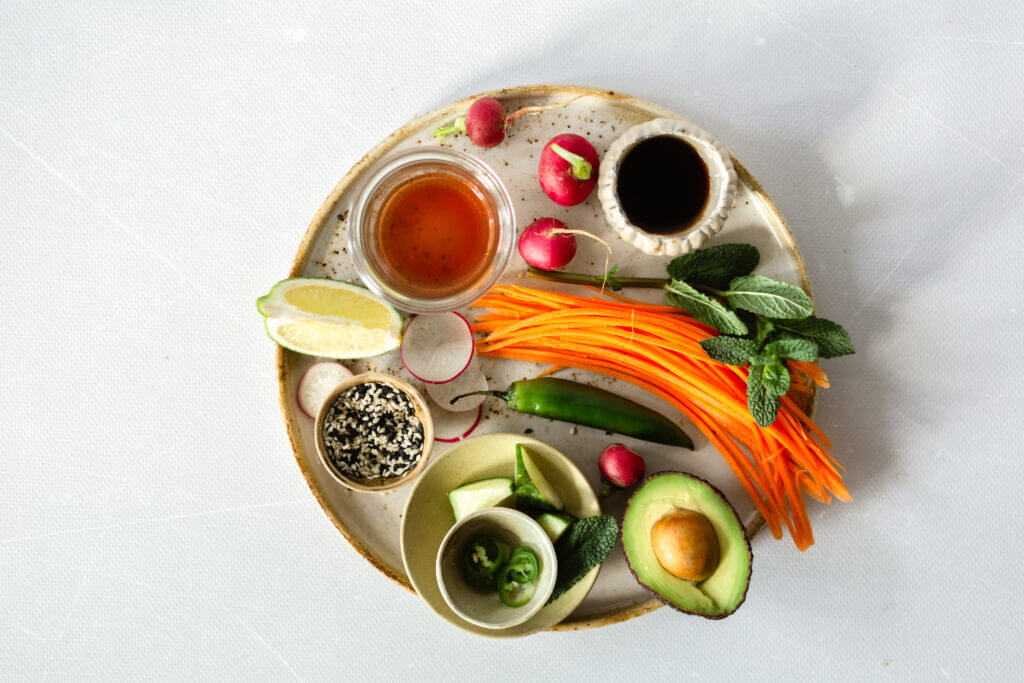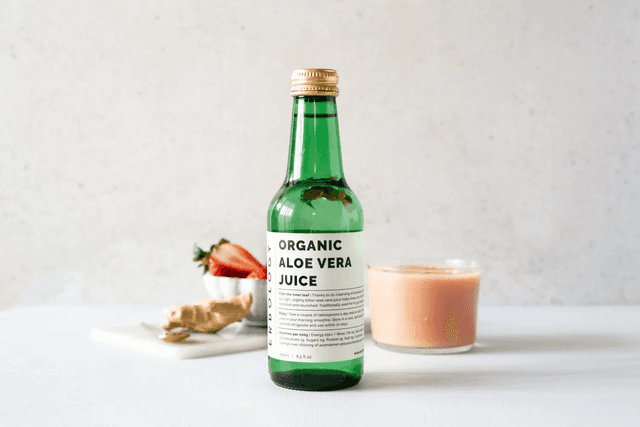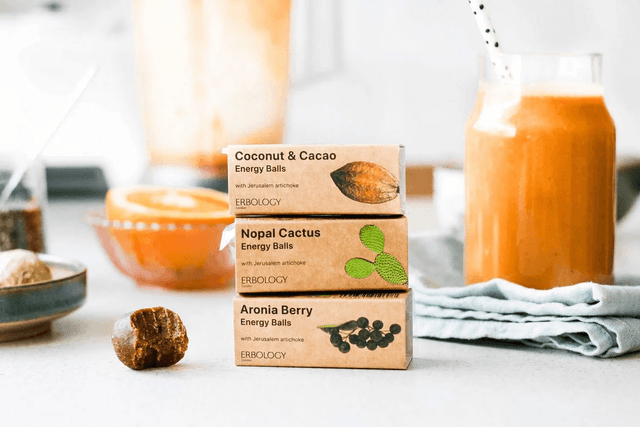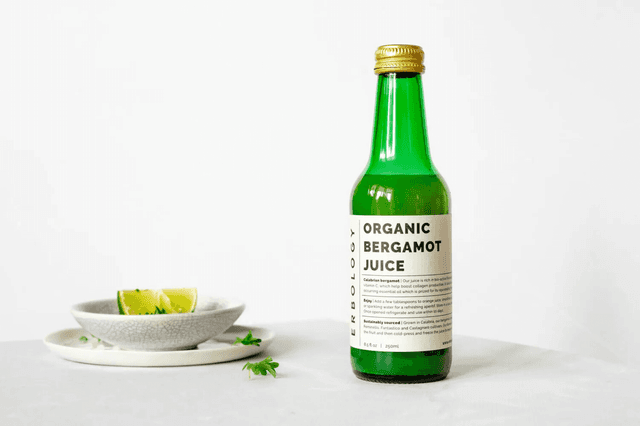10 Aug 2021
What is ‘clean eating’?
What is clean eating?
The term ‘clean eating’ means different things to different people, which is perhaps why it produces such a range of emotions in us. Are you a ‘clean eating’ fan, or do you detest the term? It’s quite possible that there’ll be members of both camps reading this article.
At its heart, clean eating encourages you to eat whole, unprocessed foods and avoid processed ones. The idea is that these foods are ‘clean’ of the unhealthy ingredients common in processed foods.
Again, there are different ideas around this. However, common examples might be high levels of sugar, fat, salt or artificial ingredients such as preservatives.
But depending on your interpretation, there can be much more to clean eating than that.
To some people, clean eating means cutting out whole food groups, completely avoiding sugar, or adopting a lifestyle which focuses on healthy eating - even to the point of doing more harm than good.
Where does it come from?
It’s tricky to say exactly when clean eating entered the zeitgeist, but it seems to be around the early 2000s. Even then, there we radically different interpretations of the term.
The Guardian pinpoints a Canadian model called Tosca Reno as the first to celebrate clean eating in her 2007 cookbook. In it, she explained how she had lost weight by eating home-cooked meals, plenty of vegetables, and avoiding processed foods such as white flour and sugar.(1)
Yet by 2009, a Uruguayan cardiologist named Alejandro Junger was giving dramatically different advice. In his book, he told people that they should remove all ‘toxic tigger’ foods from their diet in order to reach peak health.(1)
This included completely eliminating caffeine, dairy, eggs, sugar, wheat and vegetables such as tomatoes and aubergines.
Later on, in the 2010s, many bloggers, chefs and influencers latched onto the term as its popularity began to skyrocket.
The great debate
Whether you believe clean eating is a good or bad thing will depend on how you interpret the term.
There is overwhelming scientific evidence that most of us should be eating more whole grains, fruits and vegetables. In fact, that’s just about the only area of nutrition where there is consensus!(2)
Similarly, there is plenty of evidence that eating a lot of processed foods can increase your risk of diseases.(2)
For some people, eating more wholegrain foods, fruit and vegetables and avoiding processed food qualifies as clean eating.
However, for many of us ‘clean eating’ refers not just to simple dietary advice like the above. Instead it has come to signify an entire lifestyle which depends on only eating foods which are deemed ‘pure’ or ‘clean’.
It is often unclear exactly what makes a food ‘clean’, or why other foods are excluded from diets of this type.

The controversies around clean eating
In the late 2010s, there was a boom in clean eating. Countless books were published, Youtube channels created, and Instagram accounts taken over with images of beautiful, nutritionally-balanced meals.
Yet soon after, there was a backlash.
One of the main complaints against the clean eating trend is that it was mainly lead by non-experts. For example, many of the influencers creating beautiful imagery and ‘clean’ recipes didn’t actually have much experience in nutrition and diet.(3)
This lead some people to question whether they could really trust what these influencers were saying. In fact, in 2017 the British Dietetic Association called ‘clean eating’ their ‘number one worst celebrity diet to avoid’.(4)
Is clean eating actually unhealthy?
Others, including the British food writer Ruby Tandoh, saw clean eating as a gateway to dangerous eating patterns.(5)
An article published in a scientific journal called Nutrients looked at 45 food blogs dedicated to clean eating displayed ‘widespread promotion of attitudes and behaviours associated with dietary restraint’.
The article explains that ‘dietary restraint’ means an ‘obsessive effort to restrict and control calorie intake and food choices’.
The authors noted that some of these blogs encouraged their readers to eliminate whole food groups such as grains. The scientists stated that this was not in line with evidence-based nutrition guidelines and might increase the long-term risk of chronic disease.(1)
Related reading




